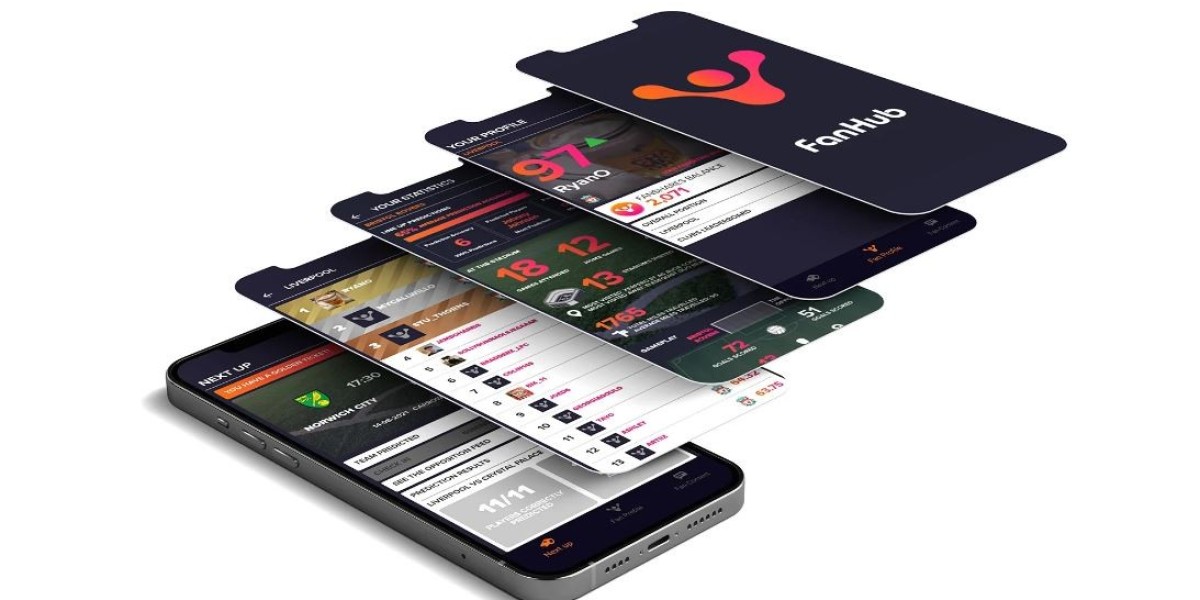In today’s mobile-first world, designing an effective user interface and user experience for mobile devices is not just a preference—it’s a necessity. With millions of apps competing for users’ attention and billions of people accessing the web from their smartphones, businesses must prioritize mobile UI/UX design to stand out. Crafting an intuitive, fast, and visually engaging mobile experience requires expertise, strategy, and a deep understanding of user behavior. That’s where a creative UI/UX expert becomes indispensable.
In this guest blog, we’ll explore the best practices for mobile UI/UX design that not only improve usability but also drive user retention and conversion.
Understand Mobile User Behavior
Before beginning the design process, it’s crucial to understand how users interact with their mobile devices. Mobile users tend to be task-oriented, expect immediate results, and use their devices in varying environments—often on the go. They prefer intuitive navigation and minimal effort to complete tasks. Designing with this mindset ensures that every element on the screen supports a smooth and purposeful user journey.
Prioritize a Mobile-First Design Approach
Adopting a mobile-first strategy ensures the most critical content and functionalities are given top priority. A creative UI/UX expert always begins with the smallest screen and scales up, rather than starting with a desktop version and squeezing it down for mobile. This approach encourages concise content, simplified interfaces, and improved performance.
Optimize for Touch Interactions
Touch is the primary form of interaction on mobile devices. Designers must ensure that interactive elements like buttons, forms, and menus are easily tappable, appropriately spaced, and accessible without accidental touches. Key guidelines include:
Keeping tap targets large enough for easy use
Providing sufficient spacing between clickable elements
Avoiding hidden gestures or overly complex navigation
Accessibility is improved when users of all abilities can interact comfortably with the design.
Streamline Navigation
Navigation should be simple, clear, and consistent. Users should always know where they are within the app or website and how to go back or move forward. Popular navigation patterns such as bottom navigation bars, hamburger menus, and sticky headers are commonly used, but their effectiveness depends on the context.
A creative UI/UX expert ensures that navigation is intuitive and doesn't overwhelm the user with choices. Limiting menu options and using recognizable icons with labels can help maintain clarity.
Keep Content Readable and Digestible
Mobile screens have limited space, so content should be clear and concise. Text should be easily scannable, with visual hierarchy guiding the user’s attention to the most important information first. Use short paragraphs, bullet points, and subheadings to break up text, and ensure fonts are large enough to read without zooming.
Contrast is another vital consideration. Sufficient contrast between text and background improves readability and supports accessibility.
Prioritize Speed and Performance
Users expect mobile experiences to be fast and seamless. Long load times or sluggish transitions can frustrate users and drive them away. Best practices to enhance performance include:
Minimizing image sizes and compressing assets
Reducing the number of HTTP requests
Using caching and lazy loading techniques
A creative UI/UX expert collaborates closely with developers to ensure the design not only looks great but performs optimally on various devices and network conditions.
Leverage Microinteractions and Animations
Microinteractions—like button feedback, progress indicators, or subtle animations—enhance the mobile experience by providing visual cues and improving usability. When used thoughtfully, they make the app or site feel more responsive and polished.
Animations can also guide users through tasks or transitions. However, overusing them can cause distractions or performance issues, so balance is key.
Ensure Cross-Device Consistency
While mobile-first is a great strategy, it’s important to ensure consistency across all devices. The user experience should feel familiar whether someone accesses your brand from a phone, tablet, or desktop. Consistent branding, layout, and navigation help build user trust and streamline the overall experience.
A creative UI/UX expert understands how to translate design elements effectively across various platforms while maintaining a seamless brand experience.
Incorporate User Feedback and Testing
Even the best design can fall short if it doesn’t resonate with real users. Conducting usability testing and gathering feedback is vital to understanding pain points and areas for improvement. This can include:
A/B testing for different design options
Observing real users during task completion
Monitoring analytics for behavior patterns
Iteration based on actual user input ensures that the design evolves in the right direction.
Focus on Accessibility
Designing with inclusivity in mind ensures that users with disabilities can access and use your mobile experience. Key accessibility considerations include:
Providing text alternatives for images
Using sufficient color contrast
Supporting screen readers and voice controls
Accessibility isn’t just a best practice—it’s an essential responsibility in UI/UX design.
Align Design with Brand Identity
A mobile design should reflect the essence of the brand. From color schemes to tone of voice, every element contributes to the user’s perception of your business. A creative UI/UX expert makes sure the design not only functions well but also aligns with brand guidelines, creating a memorable and cohesive experience.
Conclusion
The mobile experience is a critical touchpoint between users and businesses. By following these best practices—rooted in usability, performance, accessibility, and aesthetics—companies can create mobile interfaces that truly engage their audience.
Partnering with a creative UI/UX expert ensures that each design decision is intentional, strategic, and user-centered. Whether you're designing an app from scratch or optimizing an existing mobile site, investing in expert UI/UX design pays dividends in user satisfaction, retention, and business growth.






